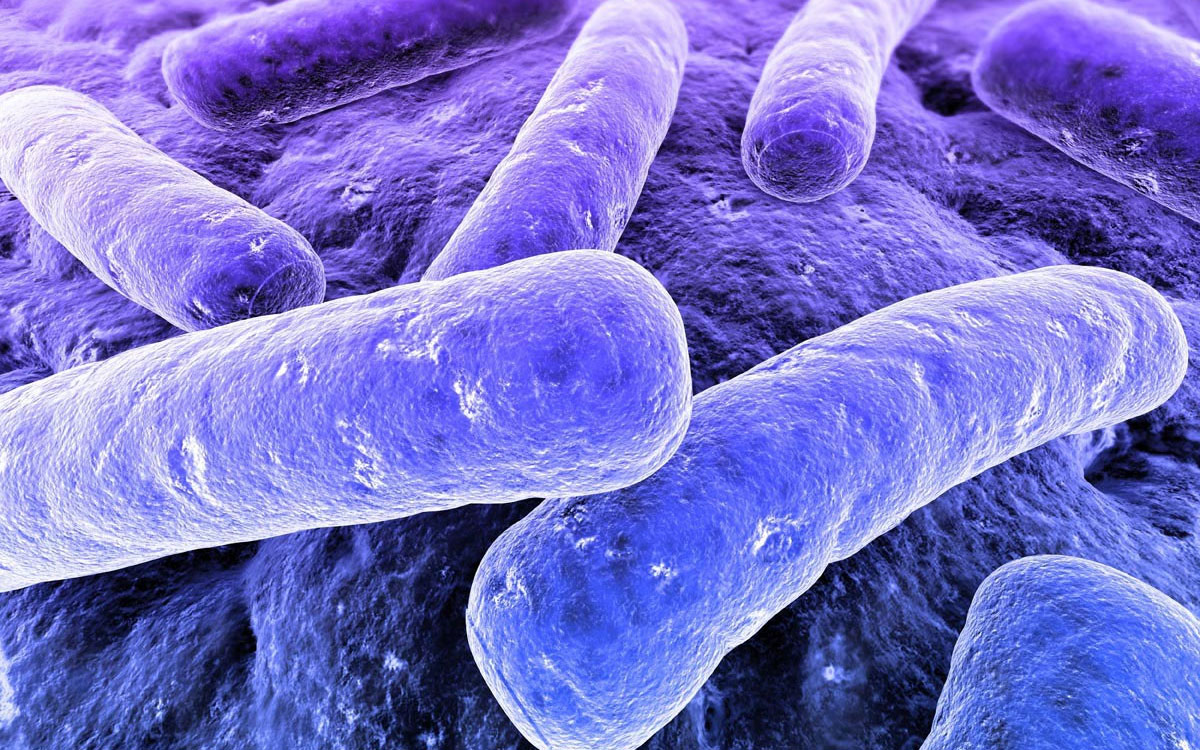performing an evolutionary feat in sixty days

One of the big predictions made by evolutionary theory is that if given the selective pressure to do so, colonies of unicellular organisms will combine into multicellular organisms and start forming divisions of labor. Going from single cell, to cooperative colony, to a macroscopic organism with differentiated cells had to happen over several billions years to make the Cambrian Radiation possible. But how does this process work? For years, biologists tried to induce certain single celled organisms to merge into multicellular ones and came up with a number of interesting cooperative entities. However, actual multicellular behavior, i.e. the organisms acting as one being rather than a big colony, eluded them until now. After steering the selective pressures for a strain of yeast, a team of biologists from the University of Minnesota managed to evolve multicellular organisms which showed growth phases and simple cell differentiation, key traits of true multicellularity. While this experiment can’t show us how the very first multicellular organisms evolved, it does prove that it can happen, and that an environment that encourages something as simple as clumping can trigger a profound evolutionary shift.
Here’s what happened. Yeast growing in nutritious broth was allowed to get relatively comfortable and to start clumping into potential colonies. Then, every once in a while, the mixture was shaken and only the clumps of yeast that managed to stay together were kept. Finally, to induce multicellularity, the scientists focused on the clumps that best stayed together and took longer to reproduce as they grew. Within two months, there was an easily identifiable juvenile stage which the multicellular yeast had to complete before reproduction, and some of the cells adopted a faster lifecycle than others, decreasing in size and serving as reproductive cells. With a smaller size and shorter lifespan, they provided more spores even though it necessitated a shorter life. They were essentially adapting to die faster for the benefit of the larger organism of which they were now a part, an extremely important trait of differentiation in multicellular life. Of course there’s a huge difference between this and completely different cellular shapes and structures tasked with very specific jobs, but as the authors note in their paper, this is just after 60 days. The level of differentiation we see in macro life had to take millions of years to even become possible. Seeing specialized precursors of gametes evolving in months is a really big deal already, especially when coupled with the fact that the resulting yeast had a juvenile phase.
With this starting point, one could imagine subjecting the new multicellular organism to nutrients best suited to feed an internal colony of mutated cells which could be induced to share the products of their digestion and thus forming a digestive tract, or coating the experimental organism in cells that will keep it insulated from an external antagonist, creating a shell, and so on. We’ve often thought that cooperating unicellular organism will be able to coalesce and work together and this experiment shows that we were right. Yes, perhaps the yeast has some mechanisms encouraging multicellularity and that’s perfectly fine because it shows that the ability to combine with other cells into a new organism can evolve in unicellular entities on its own, then lie dormant until a selective pressure makes it a net benefit. In summation, this is a very neat experiment which can start new lines of inquiry into differentiation and development, something that will better illuminate why our bodies and that of all other macroscopic animals can work and develop the way they do. Sure, this may not be a one for one repeat of how multicellular life really evolved, but that’s not the real goal here. What the scientists want to see what mechanisms are at work in creating multicellular life and whether their ideas for how we could’ve went from one cell to trillions over the span of 3.5 billion years have any merit. Increasingly, it seems like they do and while we may never know the exact sequence of events, we’ll have some really, really good ideas.
See: Ratcliff, W., et al. (2012). Experimental evolution of multicellularity PNAS DOI: 10.1073/pnas.1115323109





